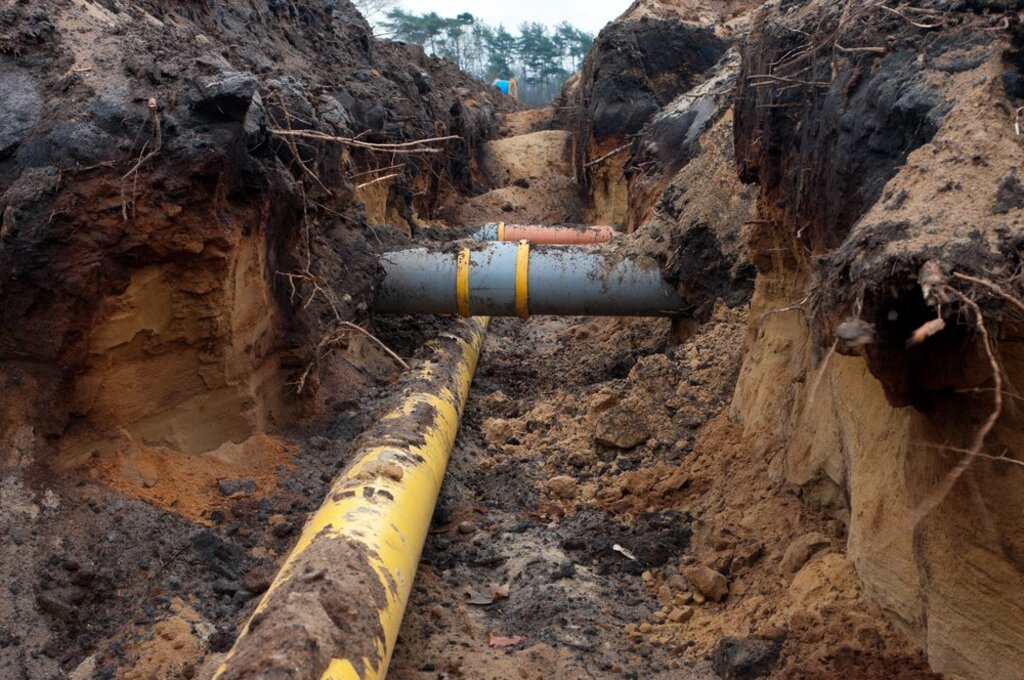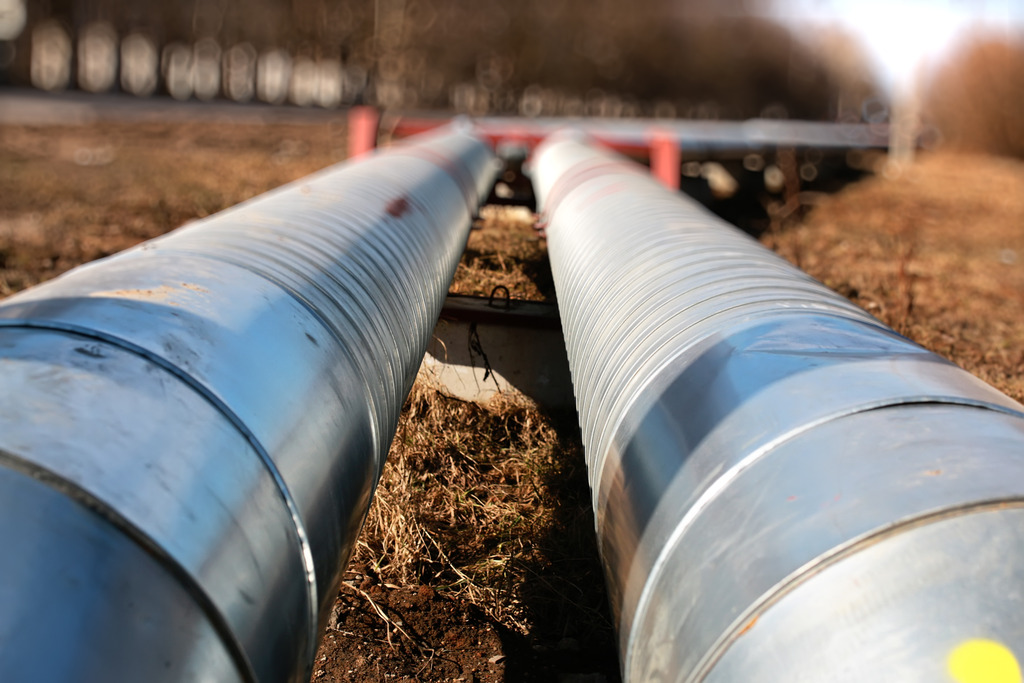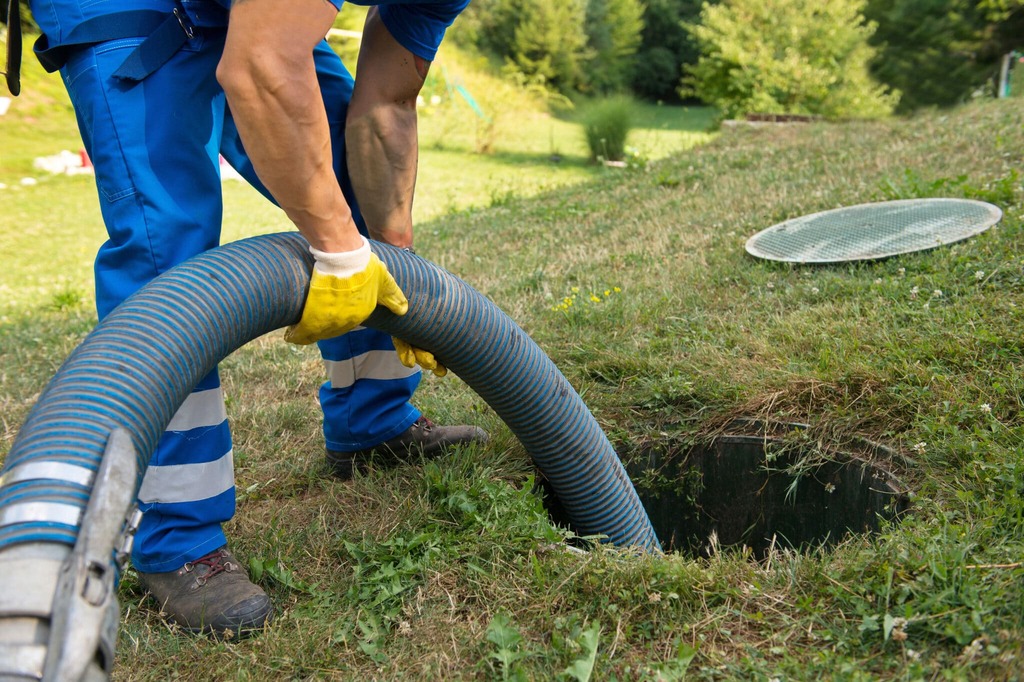A collapsed sewer line is a serious issue that can disrupt daily life, cause costly property damage, and pose significant health risks. Recognizing the early warning signs and understanding the main causes of sewer line collapse can help you act quickly and avoid more extensive repairs. In this guide, you’ll learn how to spot the signs of a collapsed sewer line, what causes these problems, the potential effects on your property and health, and the best steps for repair and prevention.
Indicators of a Collapsed Sewer Line

Identifying a collapsed sewer line early on can prevent further damage and minimize repair expenses. Common signs include:
Recurring Drain Clogs
Persistent drain clogs, especially in various areas of your property, could indicate a collapsed sewer line.
Slow Draining Water
Slow drainage in sinks, showers, and bathtubs might suggest a sewer line blockage due to collapse.
Foul Odours
Unpleasant smells from drains or outdoors can signal a damaged sewer line and sewage leakage.
Sewage Backup
Sewage backing up into your property is a strong sign of a collapsed sewer line.
Sinking or Damp Yard Patches
Collapsed sewer lines can cause soil to sink or create damp patches in the yard as sewage leaks into surrounding areas.
Factors Contributing to Sewer Line Collapse

Several factors can lead to sewer line collapse:
Aging Infrastructure
Older sewer lines, especially clay or cast iron, are more prone to deterioration and collapse.
Tree Root Intrusion
Tree roots can infiltrate sewer lines seeking moisture and nutrients, resulting in blockages and eventual collapse.
Ground Movement
Soil shifting or settling, often due to construction or natural geological processes, can strain sewer lines and cause them to break or collapse.
Corrosion
Metal pipes may corrode over time, weakening their structural integrity and increasing the likelihood of collapse.
Poor Installation
Improperly installed sewer lines can be more susceptible to collapse, lacking necessary support or being more prone to external damage.
Effects of a Collapsed Sewer Line

Collapsed sewer lines can negatively impact your property and health:
Property Damage
Sewage leaks from collapsed sewer lines can damage your property’s foundation, landscaping, and interior structures.
Health Hazards
Sewage leaks can expose inhabitants to harmful bacteria, parasites, and viruses, posing health risks.
Environmental Damage
Sewage leaks can contaminate soil and groundwater, resulting in environmental harm and possible fines for property owners.
Daily Disruptions
Repairing a collapsed sewer line can be time-consuming and disruptive, potentially necessitating excavation and temporary relocation.
Addressing and Preventing Sewer Line Collapses

To prevent sewer line collapses and tackle existing issues, consider these steps:
Regular Inspections and Maintenance
Schedule routine inspections and maintenance of sewer lines to identify and resolve potential problems before they worsen.
Tree Root Management
Trim tree roots near sewer lines regularly or install root barriers to prevent intrusion.
Replacing Old Pipes
If you have an older property with clay or cast iron sewer lines, consider upgrading to more durable materials like PVC or HDPE.
Proper Installation
Ensure new sewer line installations are done correctly by hiring reputable, experienced professionals.
Timely Repairs
If you notice any signs of a collapsed sewer line, immediately contact a professional plumber to assess the situation and carry out the required repairs.
Repair Options for Collapsed Sewer Lines

When a sewer line collapses, prompt repair is essential to avoid further damage and health risks. Depending on the collapse’s extent and the sewer line’s location, several repair methods are available:
Trenchless Pipe Repair
Techniques like pipe bursting or cured-in-place pipe (CIPP) lining can fix collapsed sewer lines with minimal excavation. These methods are less invasive, faster, and often more cost-effective than traditional excavation methods.
Excavation and Replacement
In situations where trenchless repair methods are unsuitable, excavation may be required to access and replace the collapsed sewer line. While this method can be more time-consuming and disruptive, it may be the only option in some cases. Core drilling in Sydney areas may be your best option here.
Pipe Relining
In some instances, relining the collapsed pipe with a durable liner may be possible, creating a new pipe within the old one. This method can be less invasive and quicker than excavation, but may not be appropriate for all situations.
Always consult a professional plumber or sewer repair specialist to determine the best repair method for your specific situation.
The Value of Hiring Professionals
When addressing a collapsed sewer line, it’s crucial to hire experienced professionals who specialize in sewer repair services. Professionals possess the necessary skills, knowledge, and equipment to accurately diagnose the issue, recommend the most appropriate repair method, and execute the repairs efficiently and safely. Attempting to repair a collapsed sewer line without professional help can result in further damage, increased repair costs, and potential health risks.
Read more:

